New owner of a Rubber Plant
Mike (zone 6a)
8 years ago
last modified: 8 years ago
Featured Answer
Sort by:Oldest
Comments (52)
Mike (zone 6a)
8 years agotapla (mid-Michigan, USDA z5b-6a)
8 years agoRelated Discussions
Rubber Tree Plant...New Leaves in December
Comments (1)Congrats on the new leaves! It's always a joy to see plants you thought were goners settle in and come out of their shock....See MoreNeed advice for a new Y-shaped rubber plant.
Comments (2)You might need help to get the plant out of the basket to water. Maybe a person or two to lift, one to hold the basket. Water until the water runs out the bottom hole and let drip dry thoroughly, a few hours to be sure it has fully drained. Otherwise when you put it back in the basket it will either be sitting in water, or water will go onto your (pretty) flooring. Your plant looks healthy with glossy, large leaves and a window with good light. If full sun comes in that window, it might be too much. You can dust the leaves if they need it. Don't worry about other rubber plants, yours looks healthy....See MoreNew garden owner: what to plant?
Comments (40)I don't have time to read all of the comments (just skimmed them), so please forgive if I duplicate (or contradict!). I was a new gardener 5 years ago. I'm 57 now, working to support my family, and with health issues, so I know what it means to need truly low-maintenance gardening. I'm just going to give you suggestions I wish were given to me when I started out. FIRST...WHAT YOU HAVE: The stone bed (beds?) is gorgeous! Those stones will enhance whatever you plant. Hardscaping takes time/money/energy - so having that part already built-in is a great plus. SECOND...ENJOY COLOUR NOW: If there are plants/weeds you know you don't like, tear them out now and replace with cheap annuals (cosmos, verbena, sunflowers, nasturtiums, whatever is available now and attractive to your eye). This way you'll be able to enjoy colour now through autumn. No need to wait till spring! Annuals grow/bloom/spread fast. Plant them in the afternoon/evening so they have the nighttime to settle in before it heats up. If it's hot there when sun is on your beds, then cover the newly planted plants with a box or table with slats (or something that allows a little light, but mostly shaded in the hot sun) for a few days, until they adapt. Water DAILY until they establish themselves, unless you get rain. THIRD...CRITTERS: What animals might eat your plants? Deer? Rabbits? Slugs? When you plan for the long term, get plants that are their least favorites (deer love most roses, by the way - deer fencing is the lowest-maintenance way to protect them for the long term). There's no such thing as deer-proof, and they'll eat almost anything when they're hungry enough, but you can lower the odds of them destroying your favorite plants by picking deer-resistant ones. Sometimes they just nibble/taste then move on. DON'T go by what we or others online say about deer-resistant plants...ask your neighbors. They know the tastes of your local deer (which may be different from deer even in other neighborhoods). Most tricks people tell you don't work for most people, such as copper tape to keep slugs out. It seems to work for some folks, but my slugs and snails had parties on the copper tape I used - I was quite naive in the beginning. FOURTH...PLANNING: Take the next 6 months to plan and dream. Go for walks around your extended neighborhood, paying close attention to yards with similar light as your own, plants you like and don't like. Take notes and photos - they are invaluable! And when you see gardeners in gardens you like, ask their advice. Gardeners usually LOVE to share their wisdom and experience. And if you show special interest in particular plants, they may happily offer to let you have cuttings or seeds or divide it for you when the right time comes. Free plants that you know work in your zone! FIFTH...MULCH: This is the advice I wish MOST was give to me in the beginning: mulch every area that you are not going to plant in this year. Then open areas up as you have time to amend and plant in them. Otherwise, you'll be dealing with problem weeds and such, which will take up valuable gardening time. A little time covering those areas now will save you later. 2 layers of cardboard (overlap so no holes show through) then cover with 2-3 inches of wood chips. You can usually get wood chips affordably at a local nursery that sells it in bulk. If you have a truck you can get a cubic yard, or some sell cheaply by the 5-gallon bucket, so you can do a little at a time. Call around. And ask neighbors who they buy from. (Some people use weed cloth to suppress weeds - but most people I know regret this. When weeds embed themselves in it, it is a pain to pull them out. When weeds embed in cardboard, it's a cinch to pull them out.) If there are plants you can live with in areas you're not ready to plant in, and they aren't taking your time to weed, etc., then you can ignore this step ;) FOURTH...TIDBITS: Your garden design will continually change as your tastes change, you find new exciting plants, etc. It is never completely 'done'. Also, plants will die. Not always your fault, so don't feel like a failure. The best, most experienced gardeners I know have plants die on them for unknown reasons. Get books from the library to browse plants, tips, planning ideas, etc. They are fun and keep you inspired! This is way more than I planned to write! Hope you can get at least a little something to help you from it. Best of luck, and post photos after you get started! :)...See MorePlease please help - new plant owner!
Comments (8)its in a sunny spot but not direct sunlight ==>> what direction does the window face .. does sun hit it directly thru the window .. for how many hours of the day ... etc ... i highly doubt it etoliated in the 3 weeks youve had it ... so i wonder about how it was cared for prior to you getting it ... pull it out of the pot.. and snap us a pic of the roots ...and then put it back ... this will also tell us if it might need repotting in the next few months ... right now its stressed .. lets get over that.. before we do anything else to stress it.. like repotting ... one of my usual caveats is.. dont love your plants to death ... trying too many remedies without giving any of them time to take effect is too much love ... take a deep breath and try to leave it alone .. that said.. it never hurts to ask and learn about plant culture and watering ... knowledge is power... but just dont worry about it all ... its not a million dollar plant ... all said and done.. these are plants that do not like a lot of water.. and most die from overwatering ... so you are on the right track there ... on some level these plants survive on benign neglect.. rather than too much love ... one way to tell how much water is in a pot.. is how heavy it feels ... considering the plant you see.. does it seem too heavy for that plant.. or feather light???. its a clue to how much moisture is in the media ... also insert finger.. if you can.. and if not.. pull out of pot.. and look and feel the media.. and find out... with all that.. you ought to be able to tell if it needs some water ... good luck .. ken...See MoreMike (zone 6a)
8 years agotapla (mid-Michigan, USDA z5b-6a)
8 years agoMike (zone 6a)
8 years agotapla (mid-Michigan, USDA z5b-6a)
8 years agoMike (zone 6a)
7 years agoMike (zone 6a)
7 years agotapla (mid-Michigan, USDA z5b-6a)
7 years agoMike (zone 6a)
7 years agolast modified: 7 years agotapla (mid-Michigan, USDA z5b-6a)
7 years agoMike (zone 6a)
7 years agolast modified: 7 years agotapla (mid-Michigan, USDA z5b-6a)
7 years agoMike (zone 6a)
7 years agolast modified: 7 years agotapla (mid-Michigan, USDA z5b-6a)
7 years agoMike (zone 6a)
7 years agotapla (mid-Michigan, USDA z5b-6a)
7 years agoMike (zone 6a)
7 years agotapla (mid-Michigan, USDA z5b-6a)
7 years agoMike (zone 6a) thanked tapla (mid-Michigan, USDA z5b-6a)Mike (zone 6a)
7 years agolast modified: 7 years agotapla (mid-Michigan, USDA z5b-6a)
7 years agoMike (zone 6a)
7 years agotapla (mid-Michigan, USDA z5b-6a)
7 years agoMike (zone 6a)
7 years agotapla (mid-Michigan, USDA z5b-6a)
7 years agoMike (zone 6a)
7 years agolast modified: 7 years agoandy99mich
7 years agoDave
7 years agoMike (zone 6a)
7 years agolast modified: 7 years agotapla (mid-Michigan, USDA z5b-6a)
7 years agoMike (zone 6a)
7 years agoMike (zone 6a)
7 years agoDave
7 years agolast modified: 7 years agoMike (zone 6a)
7 years agoMike (zone 6a)
7 years agolast modified: 7 years agoMike (zone 6a)
7 years agolast modified: 7 years agotapla (mid-Michigan, USDA z5b-6a)
7 years agoMike (zone 6a)
7 years agolast modified: 7 years agoMike (zone 6a)
7 years agolast modified: 7 years agoMike (zone 6a)
6 years agolast modified: 6 years agoMike (zone 6a)
6 years agoMike (zone 6a)
6 years agolast modified: 6 years agolitterbuggy (z7b, Utah)
6 years agoMike (zone 6a)
6 years agolitterbuggy (z7b, Utah)
6 years agolast modified: 6 years agoMike (zone 6a)
6 years agolast modified: 6 years agolitterbuggy (z7b, Utah)
6 years agoMike (zone 6a)
6 years ago
Related Stories
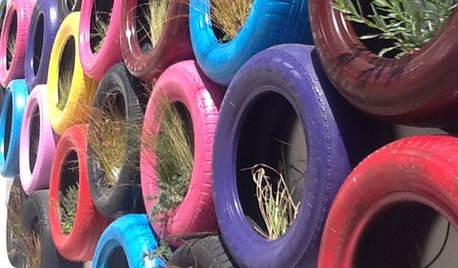
SALVAGECan We Bounce Some Great Recycled-Rubber Ideas Off You?
No need to bemoan that spare tire. Old rubber is getting a guilt-free second life as flooring, pavers, sinks and even furniture
Full Story
FUN HOUZZQuack, Quack: Happy Rubber Duckie Day!
Make January 13 all it's quacked up to be with a yellow little fellow perched on a sink, tub or table
Full Story
FARM YOUR YARDHow to Build a Raised Bed for Your Veggies and Plants
Whether you’re farming your parking strip or beautifying your backyard, a planting box you make yourself can come in mighty handy
Full Story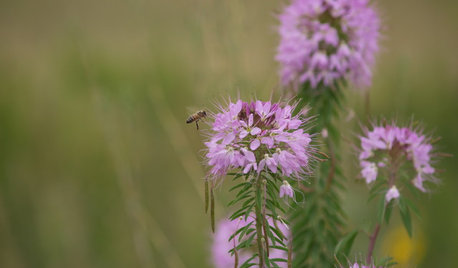
GARDENING GUIDESGreat Design Plant: Cleome Serrulata
Beckon bees and other pollinators in for a drink of nectar from this western U.S. native’s late-summer flowers
Full Story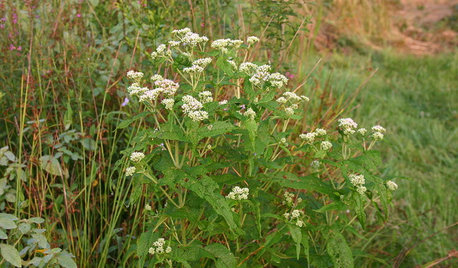
GARDENING GUIDESGreat Design Plant: Common Boneset Helps Good Bugs Thrive
Support bees, moths and butterflies with the nectar of this low-maintenance, versatile and tactile prairie-style plant
Full Story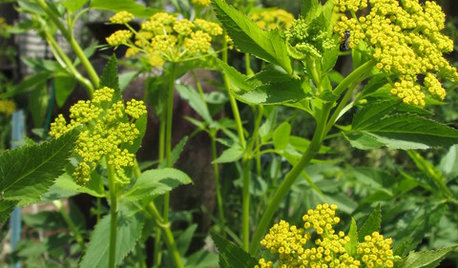
GARDENING GUIDESGreat Design Plant: Golden Alexanders for Early Spring Color
Get sunny flowers while other garden growers are still asleep, with this adaptable prairie plant beloved by butterflies
Full Story
GARDENING GUIDESBright Plants for Flower Beds That Wow
From new annual and perennial varieties to grasses, get dramatic with swaths of color
Full Story
PATIOSTerraces, New Plantings and Basketball Transform a D.C. Backyard
Bluestone and brick surfaces, a fireplace, a green-and-white plant palette and a new sports court suit a family’s outdoor lifestyle
Full Story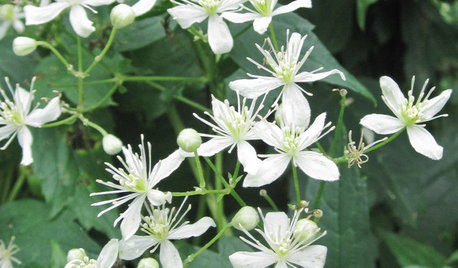
GARDENING GUIDESGreat Design Plant: Clematis Virginiana
Devil’s darning needles, a vigorous vine native to eastern North America, likes partial shade and many types of soils
Full Story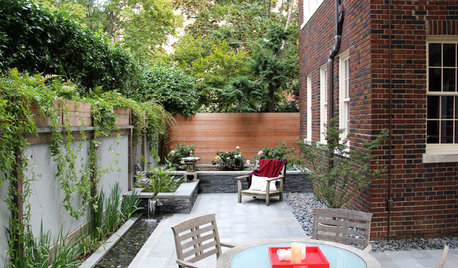
PATIOSPatio Details: Dog Won’t Trample the Plants With This Design
An Asian-inspired backyard redo adds clean lines, a new water feature and a sense of spaciousness — with room for a large beloved dog
Full Story



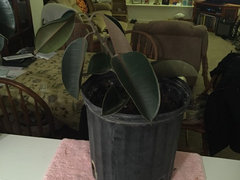
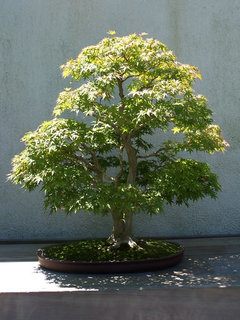
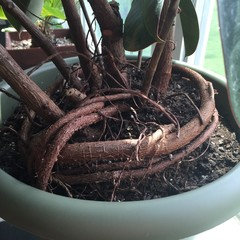
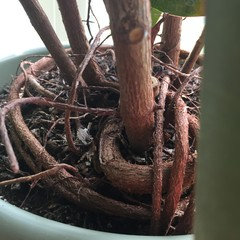
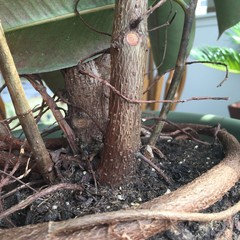
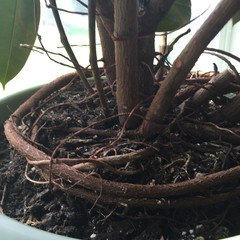
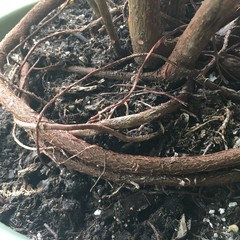
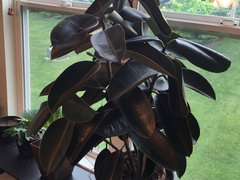
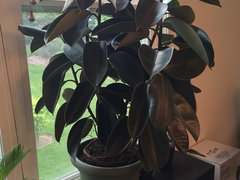
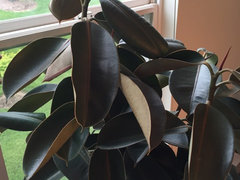

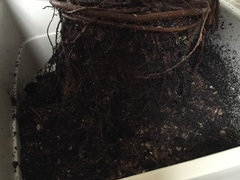
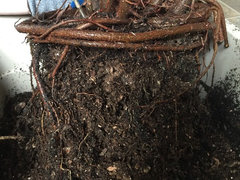

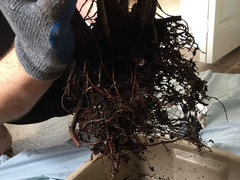
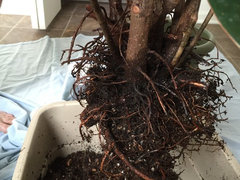
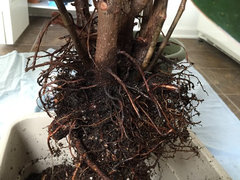
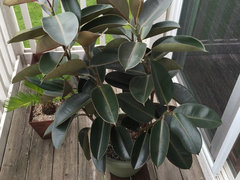
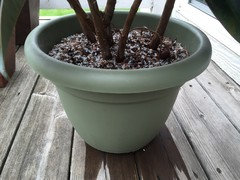
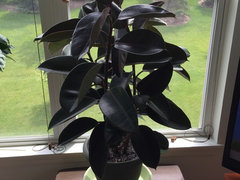
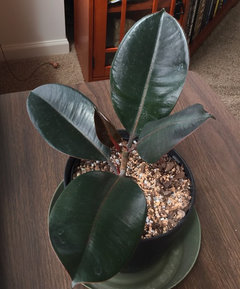
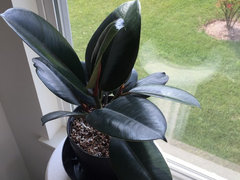
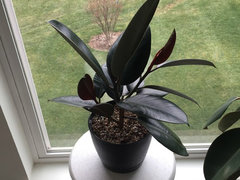

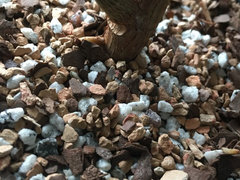
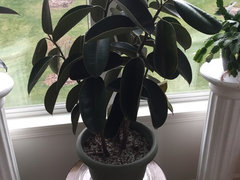
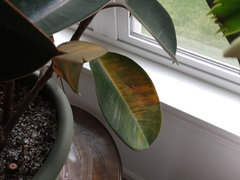
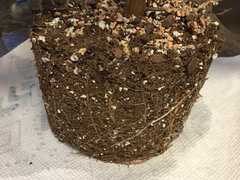
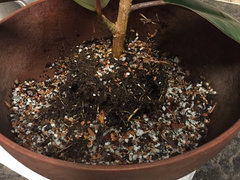

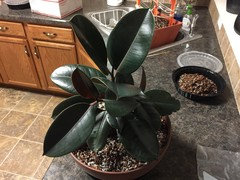
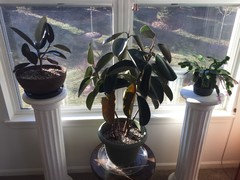
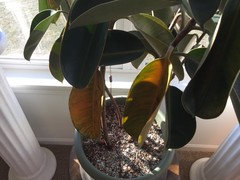
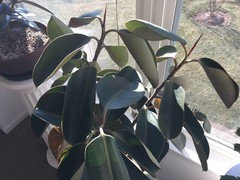
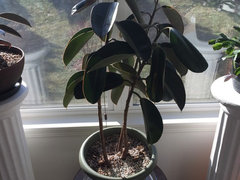
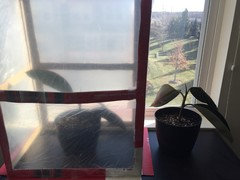
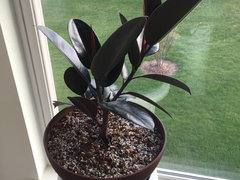
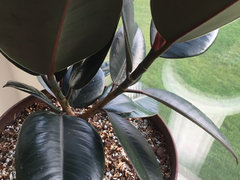
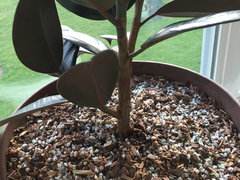
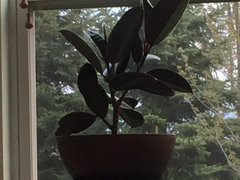
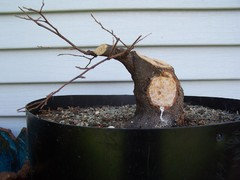
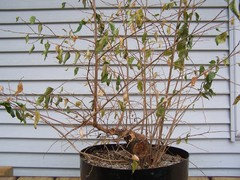
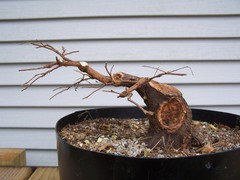
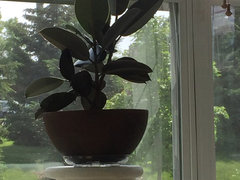
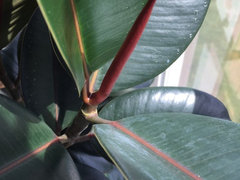
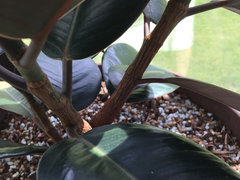
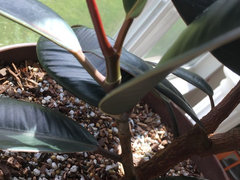
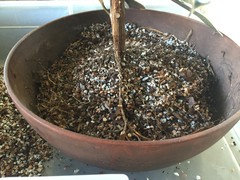
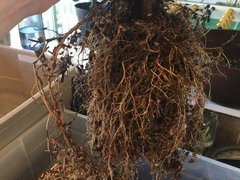
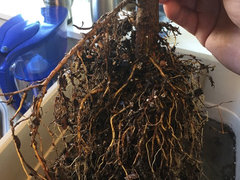
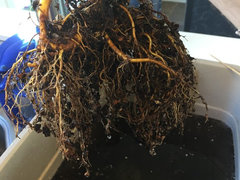
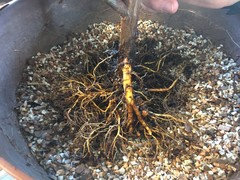
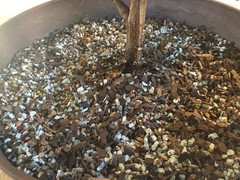
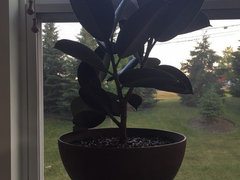




tapla (mid-Michigan, USDA z5b-6a)